Earliest Electric Guitar Blues.
There’s a bit of a misconception about the first electric guitar blues put on vinyl, with ‘Hittin’ the Bottle’ often being put forward as the earliest. This 1935 track featured the Texan multi-instrumentalist, Eddie Durham, playing his blues-nuanced guitar through a home-made guitar amp for saxophonist and swing bandleader, Jimmy Lunceford.
Well, such sources are half right. They got the guitarist right, but not the song, nor the date. The momentous date of that first electric guitar blues recording was October 23, 1929, in Chicago. The guitarist was again Eddie Durham, but this time Eddie was picking his magic for Bennie Moten’s Kansas City Orchestra.
The song was ‘Everyday Blues’, credited to both Moten and Durham, which I’ve included in this short film below.
Another track recorded that day, ‘Band Box Shuffle’, may also have featured Eddie’s prototype electric guitar, but I haven’t been able to verify this.
Bennie Moten’s Kansas City Orchestra was a pioneering jump blues band, probably the most influential jazz band touring America’s mid-West during the Roaring 20s. They punched out the hard-stomping beat Kansas City was then famous for, and influenced the bluesy riffing style synonymous with the later Big-Band-Sound so popular during the Second World War.
Eddie, 23 when he cut ‘Everyday Blues’, as it was named back then. These days it is always followed with (Yo-Yo Blues) in parenthesis. Eddie Durham explained his electric guitar technique in an interview with Jas Obrecht and Joe Siegel, in the August 1979 edition of Guitar Player magazine:

“I got one of those tin pie pans and carved out my acoustic guitar’s top and put it down in there. It was the size of a breakfast plate. When you’d hit those strings, the pie pan would ring and shoot out the sound. I’d use a megaphone with it. I didn’t have that for too long, though, because I got a National steel guitar. It had a resonator in it, and it was usually played with a bar. I removed the bridge and put an acoustic-guitar type bridge on it so the action was lower. I fooled around with that for a long time, and nobody else was playing a guitar like that back then.”
Unless someone discovers an earlier recording, ‘Everyday Blues (Yo-Yo Blues)’ simply has to be the first electric guitar blues played on record. Should you agree it was blues, that is.
What isn’t too well known is that it was Eddie Durham who invited Bill Basie to join Bennie Moten’s band, a band the Count, as Bill Basie became known, also led after Moten’s death.
There was also an electric blues guitar put on disc in 1932, although this isn’t in the film. The track was Eddie Green’s 1918 composition, ‘A Good Man is Hard to Find’. The guitarist, a 28-year old white band leader called Gage Brewer from Wichita, Kansas, was given two prototype guitars by George Beauchamp, one of the innovators of the first successful commercial electric guitar made by Rickenbacker. (You’ll see Beauchamp’s guitar in the clip.)
The prototypes were an electric frying pan lap steel and an electric Spanish-style guitar. Gage Brewer also took these new Rickenbacker electric guitars on the road with his band, broadcast their sounds over the radio and wrote about them in the local papers. But his recording, sadly, was never released.
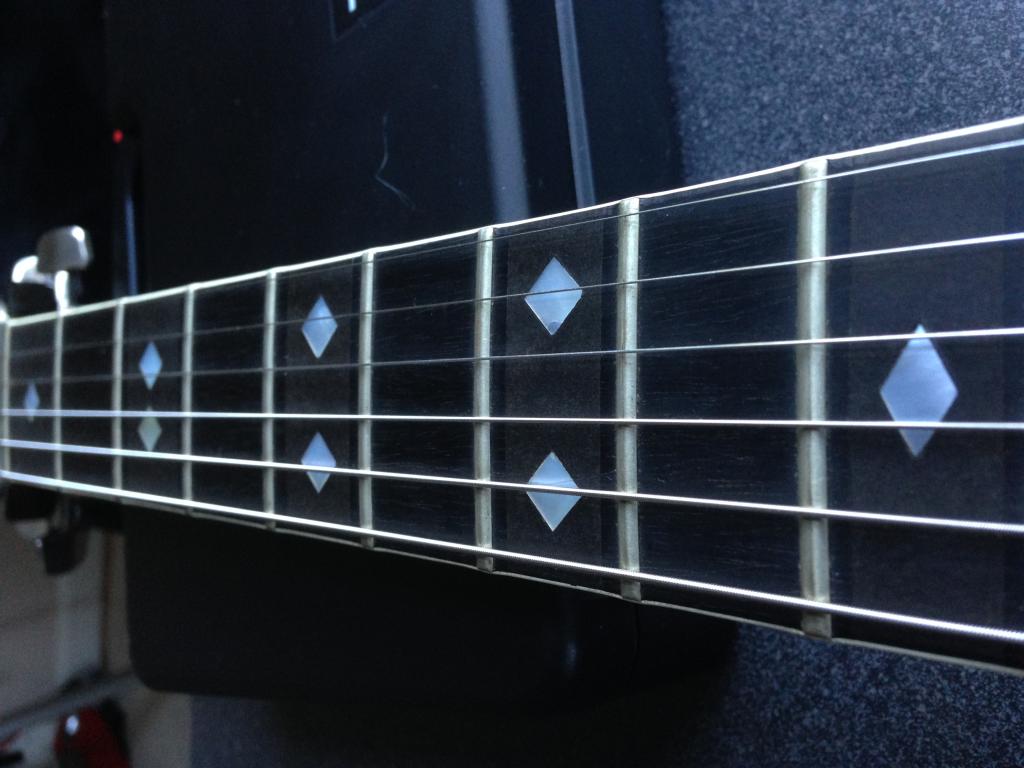
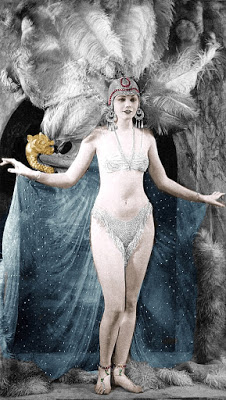
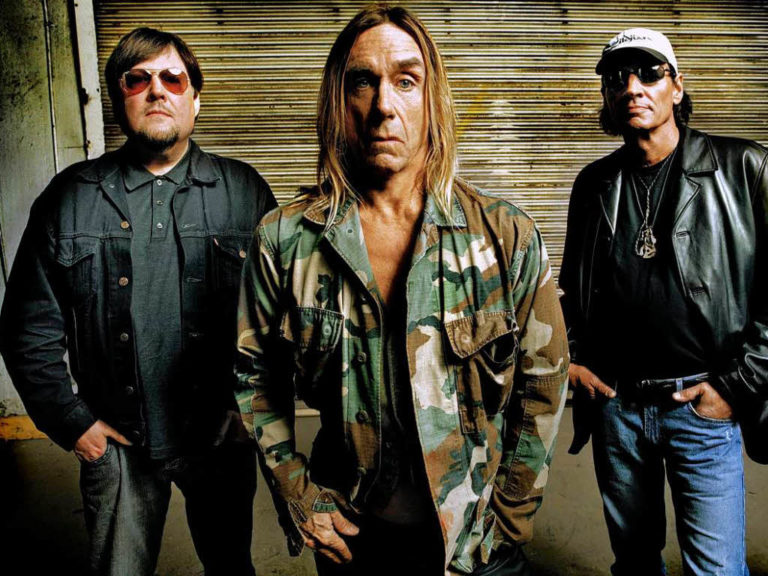
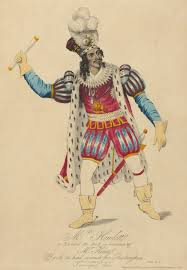
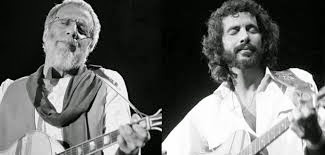
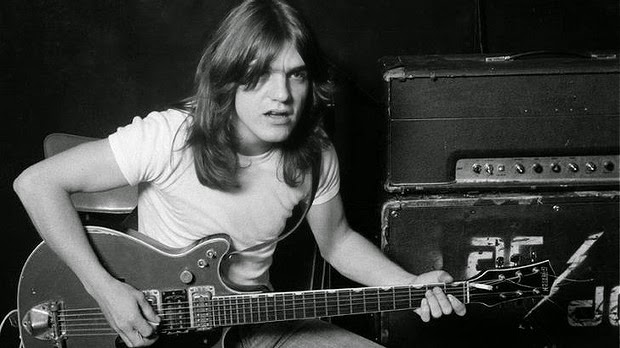
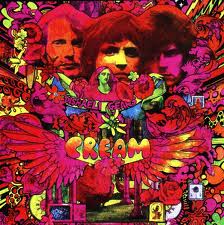
Almost every source, and even Eddie Durham biographers say he used a resonator guitar on that 1929 recording of ”Every Day Blues”. The quote you use from Guitar Player; how do you know that he is referring to that recording specifically or not just telling that he did have this experimental electric guitar (but did just not use it to record)?
Backing me up on my 2015 claim that Eddie Durham made the world’s first electric guitar recording is an article for Reverb magazine (reverb.com). Writing how Durham needed to be heard above Moten’s 11-piece band, David Dann writes.
“Using a National resonator guitar, Durham found that by holding its metal diaphragm up to a microphone, he could amplify the instrument enough so that he could be heard over the band. But it was awkward having to jump up and come down to the PA mic at the front of the stage whenever it was time for a solo. So he soon rigged up his own mic and a small amp made from an old radio, which meant he could solo right from his seat.”
David Dann, Gear History, Reverb, May 6, 1921.